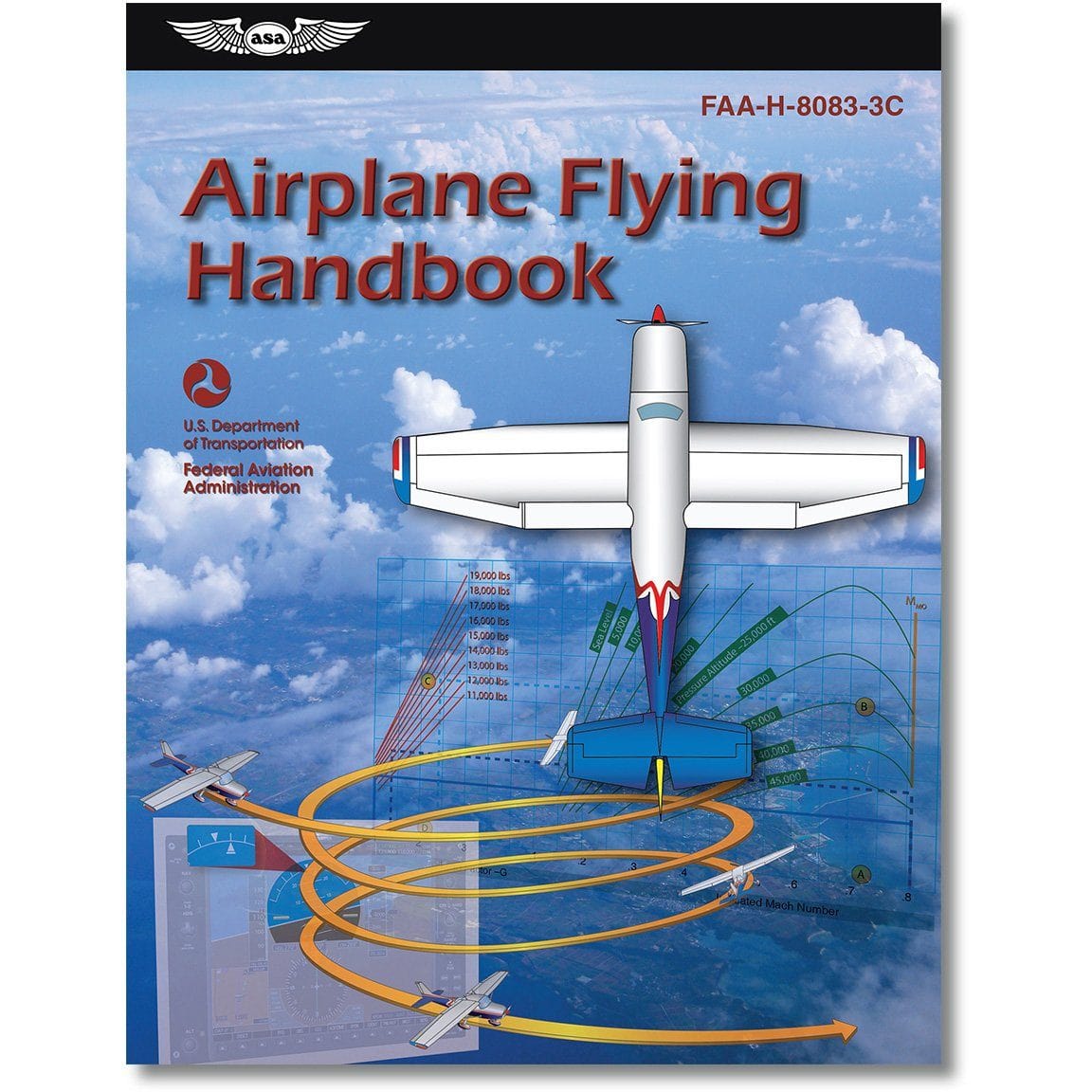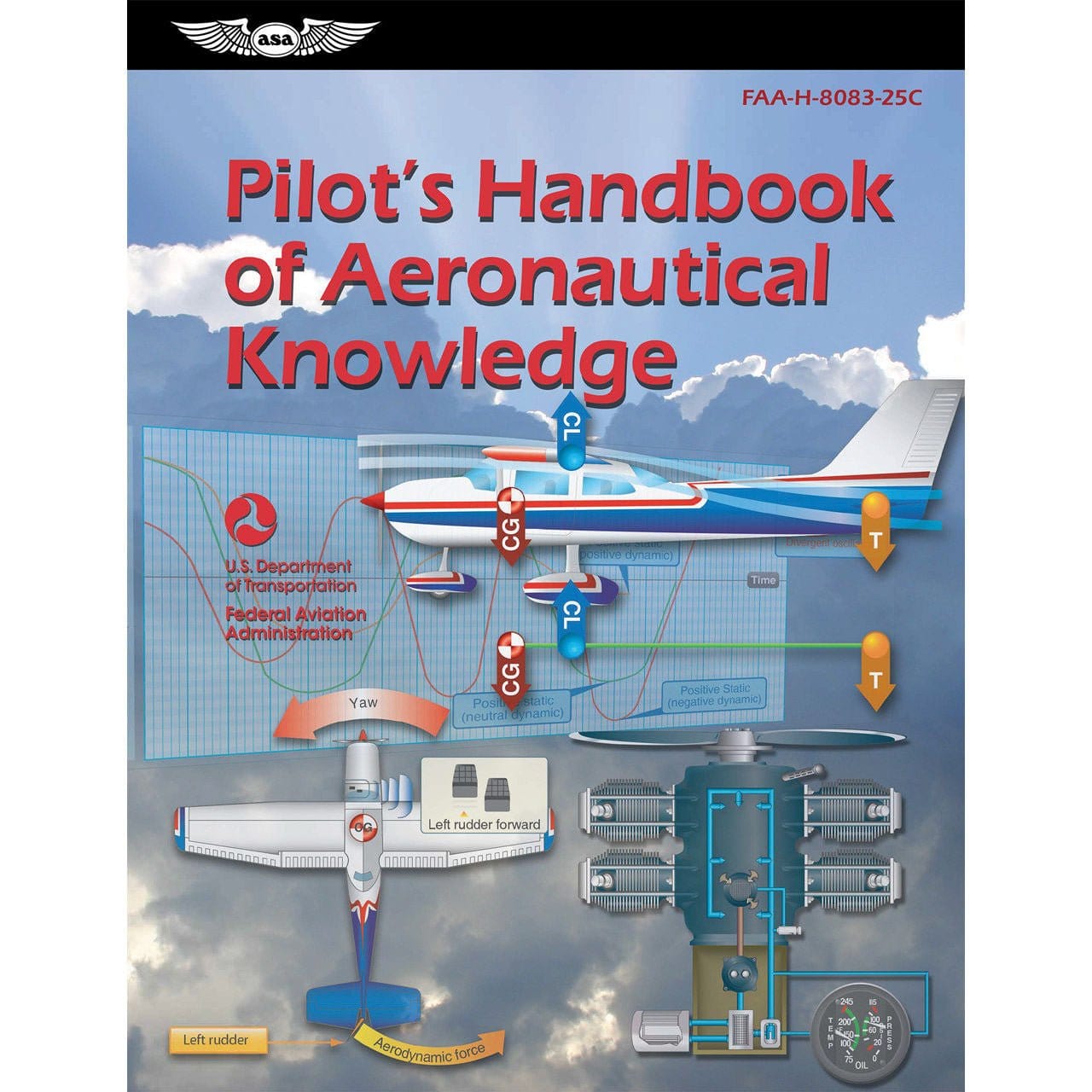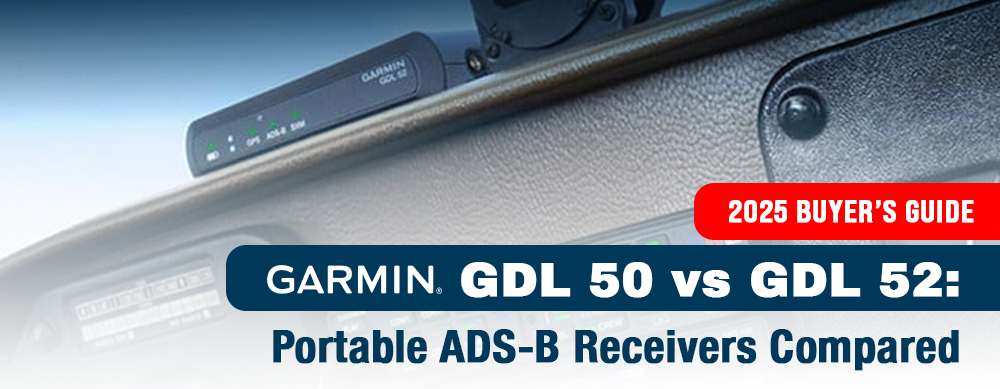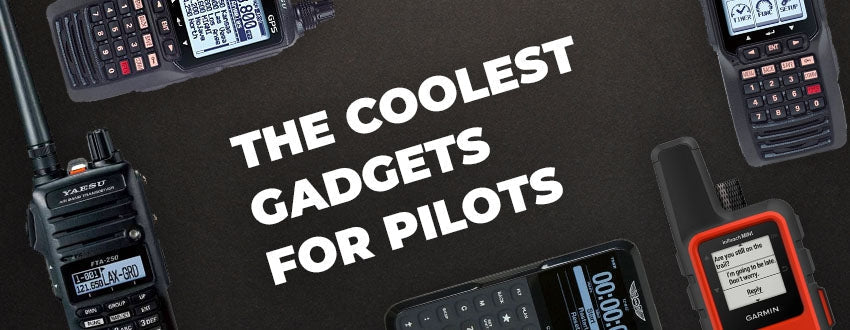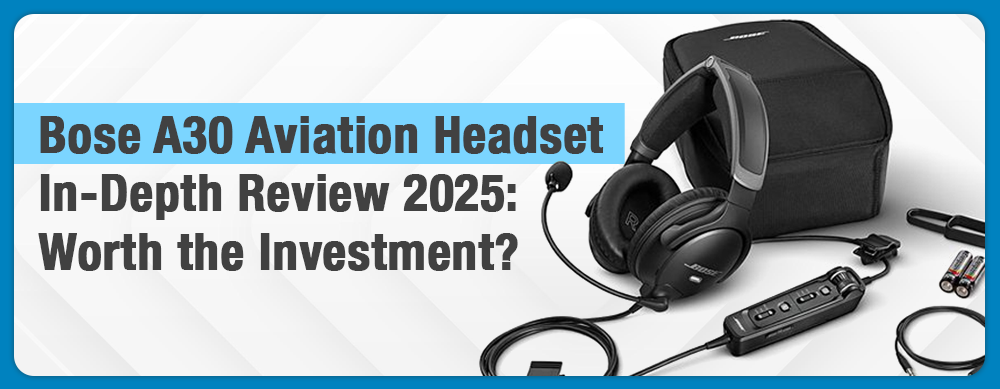Cuando escuchas el término “botas antihielo”, es posible que primero pienses en algo que usas en los pies. Pero en el mundo de la aviación, la historia es completamente diferente.
En lugar de mantener los dedos de los pies calientes, estas "botas" protegen a los aviones de la peligrosa acumulación de hielo inflando y rompiendo el hielo de las alas y las superficies de la cola durante el vuelo.
Este sistema mejora el rendimiento de la aeronave, especialmente cuando se vuela en condiciones de frío y hielo que de otro modo afectarían la sustentación y el control.
En este artículo, exploraremos cómo funcionan las botas antihielo neumáticas, sus beneficios y cómo mantenerlas para que sigan funcionando correctamente.
¡Empecemos!
RESUMEN
-
Las botas antihielo neumáticas eliminan el hielo de las superficies de la aeronave durante el vuelo.
-
Ayudan a mantener el control en condiciones de formación de hielo.
-
El mantenimiento regular mantiene su eficacia.
-
Las botas antihielo ofrecen una solución confiable para viajes aéreos seguros.

¿Qué es un sistema de deshielo neumático?
Al volar en condiciones conocidas de formación de hielo, los bordes de ataque del avión pueden acumular capas de hielo, lo que interrumpe el flujo de aire del avión y reduce la sustentación.
Este sistema combate esto inflando unas “botas” de goma colocadas a lo largo de las alas y la cola.
Un sistema de descongelación neumático se utiliza con mayor frecuencia en aviones de mayor tamaño, pero también se puede encontrar en aviones más pequeños, especialmente en regiones donde las condiciones climáticas heladas son más frecuentes.
El sistema de deshielo funciona con el aire purgado del avión, normalmente tomado del motor, o con una bomba eléctrica.
Las botas se inflan, rompen el hielo y luego se desinflan, ajustándose contra la superficie del avión para minimizar la resistencia durante el vuelo normal.
Este ciclo se repite según sea necesario y la mayoría de los sistemas modernos pueden cronometrar automáticamente el inflado y el desinflado para que el piloto no tenga que preocuparse por la activación constante.

Cómo funcionan las botas antihielo neumáticas
El impulso antihielo funciona de la siguiente manera:
Lo bueno de este sistema es que se puede utilizar durante el vuelo. Si terminas volando a través de una zona de nubes frías y comienza a formarse hielo a lo largo de las alas, puedes accionar el interruptor y el aire del sistema de purga de aire se dirigirá hacia las botas antihielo unidas a los bordes de ataque de las alas y las superficies de la cola.
Las botas antihielo están hechas de goma resistente, divididas en cámaras que se inflan y presionan contra el hielo, arrancándolo de la superficie del avión. Una vez que las botas se desinflan, el hielo se desprende en la estela y las alas vuelven a estar despejadas.
En verdad, es un método muy simple pero efectivo que se utiliza desde hace décadas. Mientras que los modelos más antiguos aconsejaban esperar a que se acumulara cierta cantidad de hielo antes de usar las botas, los sistemas modernos (y las pautas actualizadas de las autoridades de aviación) recomiendan activarlas ante la primera señal de hielo. Esto evita que incluso pequeñas cantidades de hielo se conviertan en un problema.

Beneficios de utilizar botas antihielo neumáticas
Disponer de este tipo de sistema en su avión tiene varias ventajas. Las botas antihielo son fiables y requieren un mantenimiento relativamente bajo, por lo que han sido la opción preferida para muchas aeronaves.
Otra razón por la que estas botas son populares es que funcionan durante el vuelo. No es necesario esperar hasta el aterrizaje para lidiar con la acumulación de hielo. Esto las convierte en una opción fantástica para vuelos de larga distancia o rutas que atraviesan múltiples patrones climáticos.
Además, ¡son duraderas! La mayoría de las botas de goma pueden durar entre tres y diez años con el cuidado adecuado.
Mejores prácticas para el mantenimiento de las botas antihielo neumáticas
Para mantener estos sistemas funcionando, será necesario realizar un mantenimiento regular.
Después de cada vuelo, es una buena idea limpiar las botas con agua y jabón suave para eliminar la suciedad, los insectos u otros residuos que podrían dañarlas con el tiempo. Esto se puede agregar a la lista de verificación posterior al vuelo.
Los pilotos también deben inspeccionar visualmente las botas antes de cada vuelo, buscando signos de desgaste, como grietas, agujeros o abrasiones.
Si detecta algún problema, vale la pena que un técnico lo revise más de cerca. Los problemas pequeños suelen poder repararse, pero los desgarros o grietas importantes pueden requerir un reemplazo completo.
Asegúrese de utilizar también agentes de limpieza aprobados para proteger las botas del daño del ozono, que puede debilitar la goma y reducir su eficacia para eliminar el hielo con el tiempo.

Preguntas frecuentes
-
¿Qué hace que una bota antihielo se infle?
Cuando el aire ingresa al maletero desde el sistema de purga de aire del avión, este se expande. A medida que se infla, el hielo se rompe y se desprende de la superficie. -
¿Cómo funciona un sistema de descongelación neumático?
Un sistema de deshielo neumático funciona bombeando aire a unas botas de goma colocadas en las alas y la cola. Estas botas se inflan, rompen el hielo y lo dejan caer, manteniendo limpias las superficies del avión. -
¿Dónde se utilizan las botas antihielo neumáticas?
Estas botas antihielo se encuentran principalmente en las alas y las superficies de la cola de los aviones. A veces, incluso se colocan en los bordes de ataque de las hélices para evitar que se forme hielo. -
¿Cómo eliminan el hielo los sistemas de descongelación neumática de maleteros?
El sistema hace que el aire entre en las botas, lo que hace que se inflen. A medida que se expanden, el hielo se desprende y se desprende en el flujo de aire, dejando la superficie despejada.
Llevar
Para los pilotos dispuestos a enfrentarse a condiciones de hielo, tener tantas medidas de seguridad como sea posible es siempre una buena opción.
Con un cuidado y mantenimiento regulares, estas botas continuarán manteniéndote seguro durante muchos inviernos más.
¡Vuela seguro!
¿Interesado en operaciones de vuelo en clima frío?
¡Nuestras guías están diseñadas para ayudar!
-
Sistemas de protección contra el hielo TKS (qué son y cómo funcionan)
-
Descongelación de aviones: por qué es un paso crucial antes de despegar
-
Consejos y trucos para vuelos en invierno en condiciones de frío
-
Las 8 mejores (y auténticas) chaquetas bomber para hombre en 2024
¿Le resultó útil este artículo?
¿Crees que nos hemos olvidado de alguna pregunta importante de la entrevista? ¡Cuéntanoslo en los comentarios a continuación!



